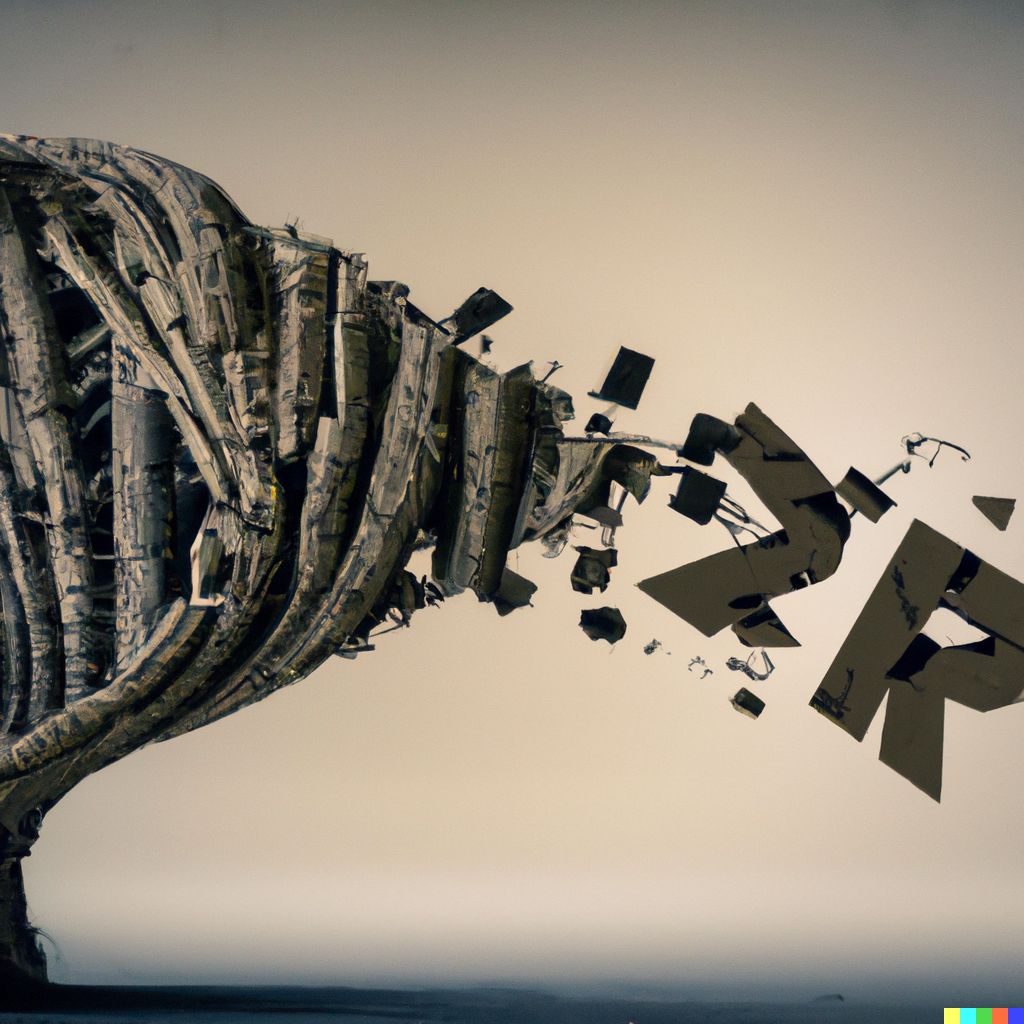[Written by ChatGPT. Main image: “Interpret the concept of ‘seeing like a machine’. Reflect the intersection of AI and art, and the dialogue between creativity and technology,” by DALL-E]
The video “AI Art: How artists are using and confronting machine learning | HOW TO SEE LIKE A MACHINE” by The Museum of Modern Art presents a comprehensive exploration of the intersection of AI and art. It features insights from three artists—Kate Crawford, Trevor Paglen, and Refik Anadol—who engage with AI and machine learning in their art practices.
The video begins by discussing the recent breakthroughs in AI research and the emergence of AI as a tool for artists. It highlights the concept of “unsupervised learning,” where the machine learning model is allowed to interpret and transform data without human intervention. This approach is exemplified in Refik Anadol’s exhibition at MoMA, where he used the museum’s entire metadata archive to create a real-time software artwork that speculates on the machine’s interpretation of the art collection.
The video also delves into the ethical implications of AI in art. Trevor Paglen’s work, “Behold These Glorious Times,” is highlighted as an example of how artists can expose the algorithmic and inherent biases in AI systems. Paglen’s work uses images from training sets used to teach AI systems, revealing the ways in which personal moments and intimate data are being used to train these systems.
Kate Crawford, an artist and author of “Atlas of AI,” discusses the skewed nature of AI systems and the need for a more ethical approach to AI in art. She calls for a shift in the perception of AI from a scientifically objective tool to a system that is profoundly influenced by the data it’s trained on.
The video concludes with a look at the future of AI in art, suggesting that artists can use AI to challenge the status quo and redefine the boundaries of creativity. It also raises important questions about the consolidation of wealth and power in the hands of large corporations that control these AI tools, and the need for a more equitable approach to AI.
At Neural Imaginarium, we are deeply engaged in these discussions and are actively exploring the potential of AI in our own art practices. We see AI not as a threat to human creativity, but as a tool that can open up new possibilities for artistic expression. We are also mindful of the ethical implications of AI and are committed to using AI in a way that respects the rights of artists and the integrity of the art-making process.
We believe that the future of AI in art lies in the hands of artists who are willing to challenge the status quo, to experiment with new tools and techniques, and to engage in critical discussions about the role of AI in our society. As we continue to navigate this exciting and complex landscape, we look forward to sharing our journey with you and to contributing to the ongoing dialogue about the intersection of AI and art.
Categories: News

Leave a Reply